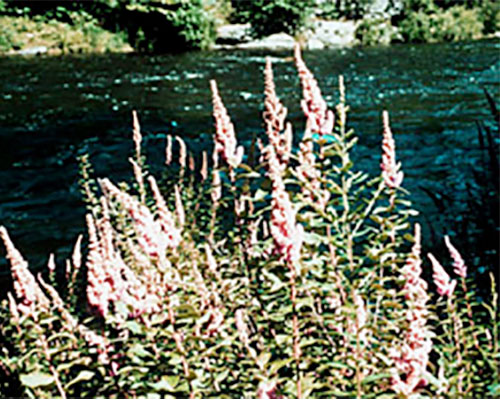
Melinda’s Garden Moments is heard Mon.-Fri. at 7:45 and 10:45 a.m. and 4:45 p.m. on WHAV.
It’s not your common spirea found in many commercial and home landscapes; but rather it’s less utilized relative and North American native shrub known as steeplebush or hardhack (Spiraea tomentosa).
This adaptable shrub is hardy in zones 3 to 8. It prefers full sun, acidic sandy soils with wet to moist conditions, but it will tolerate light shade and a wide range of soils.
Steeplebush grows 2 to 4 feet tall and much wider as its suckering nature allows it to form colonies. This makes it a great choice for pond side plantings, hedges, natural areas, rain gardens and bank stabilization.
The spires of pink flowers appear from mid-summer into fall. Light deadheading will encourage more bloom. The attractive flowers help attract beneficial insects like bees and butterflies. It’s a nectar source for the rare Karner Blue butterfly and the leaves are a favorite food for several caterpillars and moths.
A bit more information: Another native spirea, Meadowseet (Spiraea alba), produces spires of white flowers and is hardy in zones 3 to 7. It makes a great cut flower and is a butterfly favorite.
For more gardening tips, how-to videos, podcasts and more, visit www.melindamyers.com.

